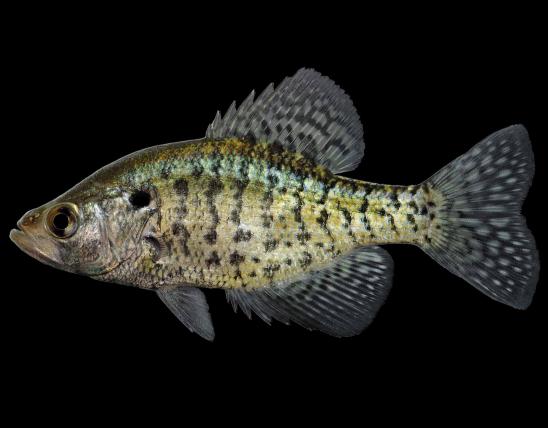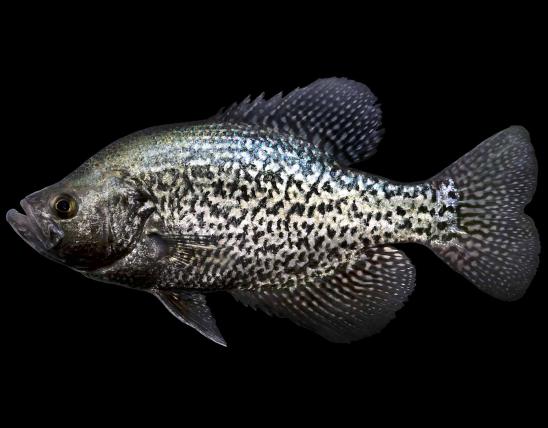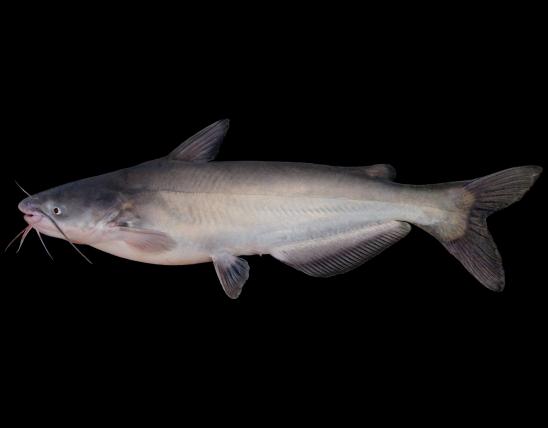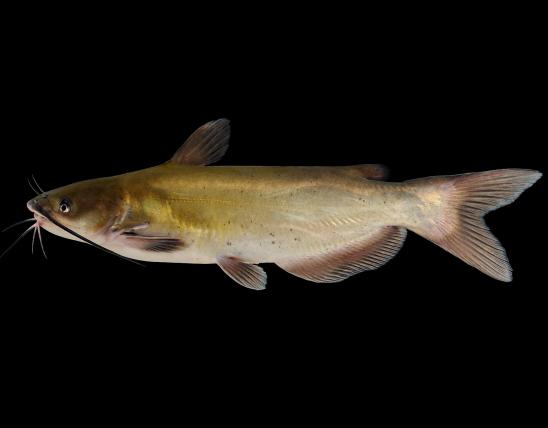Annual Prospects Report
Mark Twain Lake (18,600 acres) is located in Ralls and Monroe counties in northeast Missouri.
Since 2021, the St. Louis US Army Corps of Engineers in coordination with the Missouri Department of Conservation placed numerous fish attractors in North Fork, South Fork, Little Indian Creek, Sandy Creek, and Spalding portions of Mark Twain Lake. A map of these locations is available by visiting the following web link: https://www.mvs.usace.army.mil/Missions/Recreation/Mark-Twain-Lake/Maps/ or https://short.mdc.mo.gov/ZJL. Fish attractors have been added to both deep and shallow water. Some locations can be accessed by shore angling. Bass and crappie anglers have reported good success from fish attractors. In 2023, brush piles were added at Sandy Creek and Shell Branch.
In 2023, drought conditions at Mark Twain Lake ranged from abnormally dry to extreme drought, with water levels remaining stable from the end of April to mid-June for the fish spawn. These conditions may have an impact in 2024.
Largemouth bass fishing will continue to be fair to tough in 2024. Electrofishing surveys in 2023 indicated a slight decrease in overall catch rates with higher catch rates of 11 to 12-inch bass compared to 2022. Bass anglers may find only 30 percent of bass caught will be 15 inches or greater. The largest bass caught during sampling was 21.5 inches. Bass recruitment continues to be low. The best bass angling opportunities will be in the spring and fall, around points, rocky banks, brush piles, fish attractors, and docks.
Crappie fishing on Mark Twain Lake is predicted to be fair in 2024. The 2023 fall survey indicated a decrease in the catch rate for white crappie and black crappie with higher percentage of 7 to 8-inch crappie sampled compared to the 2022 survey. Along with a decreased catch rate anglers should be prepared to catch fewer 12-inch or greater crappie. Higher water levels in 2019, led to a strong year class that should be replaced by younger classes by 2024. The best fishing will occur during late April and early May when crappie can be caught in shallow water on jigs or minnows.
White bass were caught in many of our crappie trapnets this year and averaged 13 inches. Fish windy points, submerged islands and long, sloping points using either artificial lures or shad. Anglers do best when these fish are spawning on riffles in tributary streams in early spring, while feeding on schooling shad, or congregating over underwater humps or mud flats during the summer. Walleye abundance remains low, although anglers reported more catches than average in 2023. Anglers should also consider walleye fishing in tributary streams of the lake during early spring where walleye abundance has increased due to recent tributary stream stockings. Catfish anglers can expect good fishing to continue this year. Channel catfish are abundant and many blue catfish and flathead catfish exceeding 25 pounds are caught each year on trotlines, bank lines, and jugs. Anglers have been very successful in recent years capturing blue catfish on trotlines and jugs baited with cut shad or herring. Catfish anglers do best in the upper portions of North Fork, Middle Fork, South Fork, and Indian Creek arms.


























